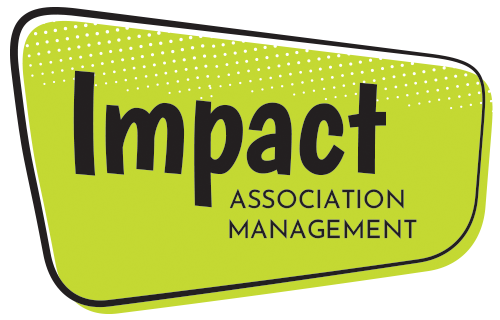By, Kris Moore, Meeting Planner, Impact AMC
As we approach the midpoint of 2025, one thing is clear for professionals in the meetings and events space: adaptability is no longer optional—it’s essential. For associations and nonprofits, the landscape is shifting quickly, with new opportunities and challenges emerging at every turn. From the 2025 Connect Marketplace, I came away with fresh insights into the event trends shaping the future for associations.
The Luxury Market is Leading the Way
One standout trend over the past few quarters has been the consistent growth of the luxury segment of the hotel and events industry. While many sectors face uncertainty, high-end hotels and resorts continue to thrive, becoming preferred partners for corporate conventions, incentive programs, and global forums. Their appeal comes from premium service, strong branding, and the ability to deliver exceptional experiences.
For associations, this signals two things: competition for luxury venues is heating up, and the expectations for event experiences are rising. Even if luxury isn’t your association’s space, watching this market can provide insight into what participants may start to expect elsewhere.
Mid-Tier Properties Face a Murkier Outlook
In contrast, mid-priced hotels—often the go-to for nonprofits and smaller-scale meetings—are struggling with flat or negative growth. Inflation, staffing challenges, and economic uncertainty have created headwinds. For planners working with tight budgets, this can bring both challenges and opportunities: will properties become more flexible in contracts, or will they cut back on services to protect their bottom line?
Staying informed about how mid-tier hotels are adjusting can help associations set realistic expectations, budget wisely, and negotiate more effectively.
Association Planners: Navigating Plan B and C Realities
For association events, 2025 has brought a new level of unpredictability. From changing foreign travel policies to the impact of scientific developments and global tariffs, association events—especially those with international relevance—are being forced to pivot quickly.
There has been a reduction in corporate funding available for travel and conference attendance.
There is increased concern regarding visa approvals and the comfort levels of international members.
Organizations focused on preserving financial reserves, leading to scaled-back participation.
To navigate this, planners are embracing contingency planning in a more robust way. Many are checking—and renegotiating—the contractual minimums tied to their venue agreements. Others are discussing scaling dates with venues and other vendors: clear milestones by which planners can commit to attendee counts and size of the function, allowing for either expansion or contraction of event scope based on actual registration trends.
Practical Takeaways for Volunteers and Planners
Amid this changing landscape, successful planners are asking:
How can we protect event budgets in fluctuating markets?
What contract terms allow flexibility without creating risk?
Which tools help manage late-stage changes without breaking the bank?
Across the industry, mid-size and smaller vendors are showing greater willingness to act as partners rather than just suppliers. This collaborative mindset is proving crucial for associations, where member value and smart financial management are top priorities.
Whether through peer conversations, vendor relationships, or industry events, staying connected to broader meeting trends is vital. The more associations learn from one another and from partners across the meetings industry, the better prepared they’ll be to deliver events that are resilient, cost-conscious, and member-focused—no matter what changes 2025 brings.
Impact Can Help
Our team of event experts stay on top of industry trends to ensure your annual conferences, member activities, board meetings, and more are as secure, financially savvy, and valuable as possible. Reach out to start the conversation about your next event or project.

